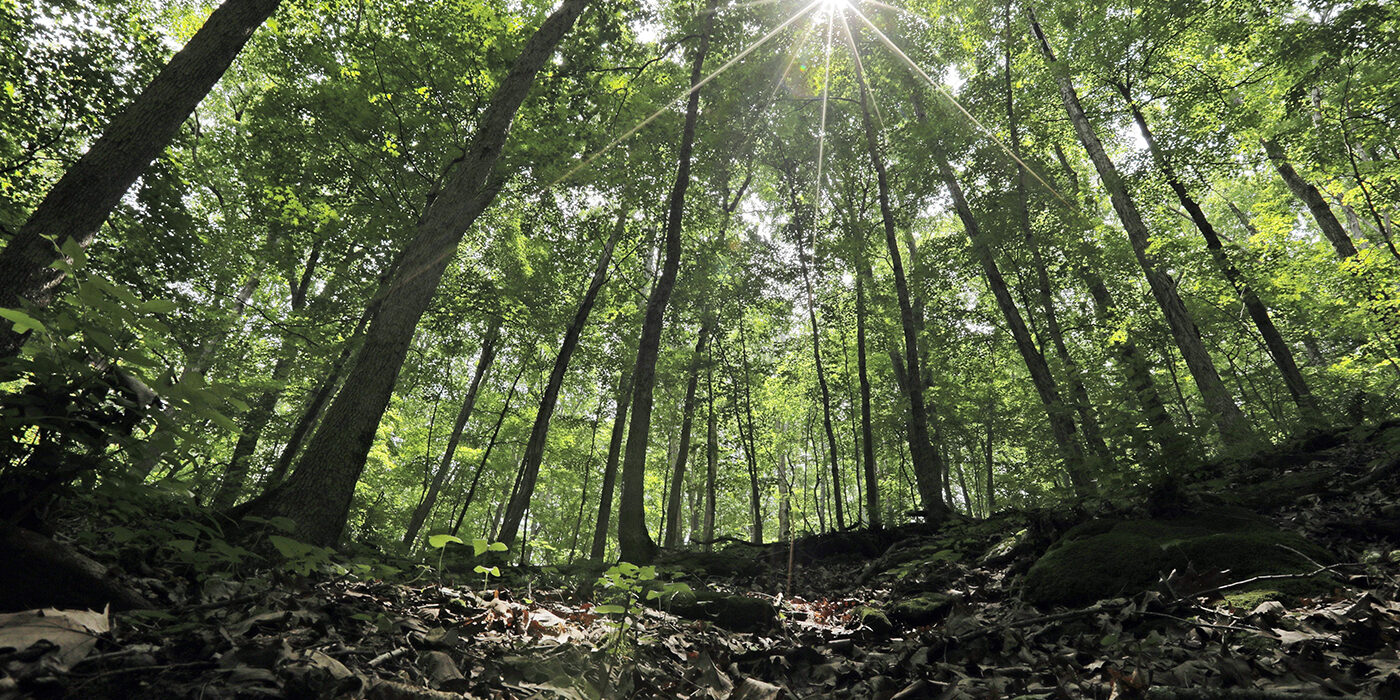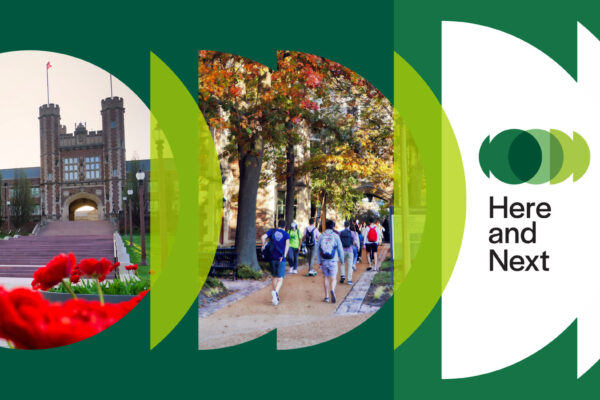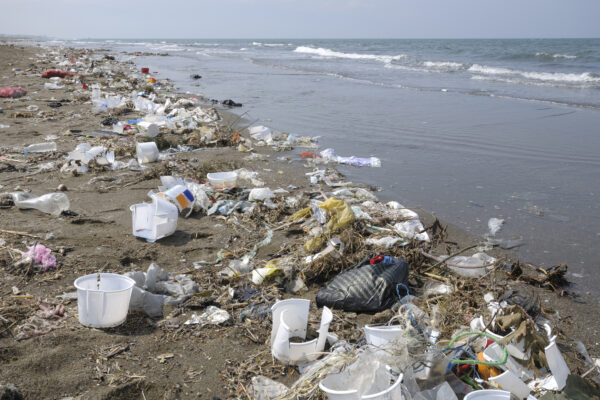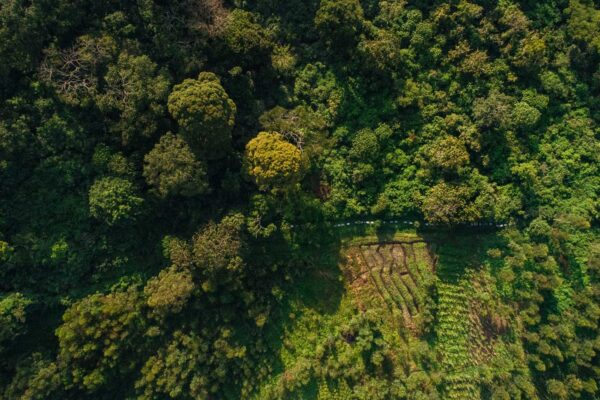Through its strategic vision, “Here and Next,” Washington University in St. Louis has committed to mobilize research, education and patient care to establish WashU, and St. Louis, as a global hub for transformative solutions to our deepest societal challenges.
“To address these societal challenges, ‘Here and Next’ will facilitate new ways for scholars to create knowledge and generate solutions,” said Beverly Wendland, provost and executive vice chancellor for academic affairs. “In response to the pressing need to protect and preserve our planet and its inhabitants, ‘Here and Next’ is proud to launch WashU’s Center for the Environment. The center will build on and further advance the environmental research that has long been done at the university, and I am grateful for the contributions of the International Center for Energy, Environment and Sustainability (InCEES) and the Washington University Climate Change Program (WUCCP).”
InCEES and WUCCP served as research conduits. To fully leverage the environmental strengths that exist at WashU, both entities will be folded into the Center for the Environment, and their contributions will become part of WashU’s greater effort to elevate research and implementation in critical environmental domains.
“InCEES provided critical seed funding to researchers, helped build community and foster collaborations among them,” said David Fike, the Glassberg/Greensfelder Distinguished University Professor of Earth, Environmental, and Planetary Sciences and chair of earth, environmental and planetary sciences, all in Arts & Sciences. He also served as director of InCEES. “As WashU leans into new research themes pertaining to the environment, I’m proud of the work that has already been done. I also look forward to partnering with my colleagues as together we address the center’s areas of focus, including environmental justice, planetary health, biodiversity, environmental solutions and earth systems and climate change.”
Daniel Giammar, the Walter E. Browne Professor of Environmental Engineering at the McKelvey School of Engineering, will serve as the new center’s inaugural director. Jonathan Losos, the William H. Danforth Distinguished Professor and director of the Living Earth Collaborative, will be the center’s director for biodiversity; Lora Iannotti, a professor at the Brown School, will be the center’s director for planetary health and environmental justice.
The center can be a catalyst for attracting new students and faculty to WashU who will enrich our ecosystem of environmental research.
Daniel Giammar
“By integrating climate change, biodiversity, planetary health and environmental justice, we envision important synergies and discoveries can emerge,” Iannotti said. “There is an exciting opportunity to expand the planetary health research portfolio in tandem with the launching of the new School of Public Health. Climate change and environmental degradation increasingly impact public health, and the center is poised to contribute evidence for mitigating solutions and protecting both human and environmental health.”
The center will serve as a cross-cutting collaboration hub, encouraging partners, faculty and students to advance research projects in areas including climate change, air quality, food insecurity, clean-water access, biodiversity loss and infectious diseases. It also will promote findings and successes and provide seed funding and grant support to project teams. The center will collaborate across WashU to engage existing and new faculty to strengthen environmental research.
“The center can be a catalyst for attracting new students and faculty to WashU who will enrich our ecosystem of environmental research,” Giammar said. “We are particularly excited by opportunities to work with the schools and with Provost Wendland to recruit field-leading faculty who will help connect current areas of research strength. Key new faculty hires across the university will position us to pursue a broader range of interdisciplinary research projects.”
Center leaders said the new structure has the potential to advance environmental solutions on a local, regional and global scale.
“In St. Louis, we have a responsibility to carry out research aimed at alleviating environmental injustices in the form of poor air quality, community impacts of extreme weather events such as flooding or food insecurity,” Iannotti said. “At the national level, WashU is poised to lead in environmental research, particularly at the intersections of public health, biodiversity and engineering solutions. Globally, our goal should not be one of competition, but rather of solidarity with investigators and institutions around the world to find solutions for protecting the environment.”
Learn more about the center’s initial work; it will formally launch in spring 2024.



